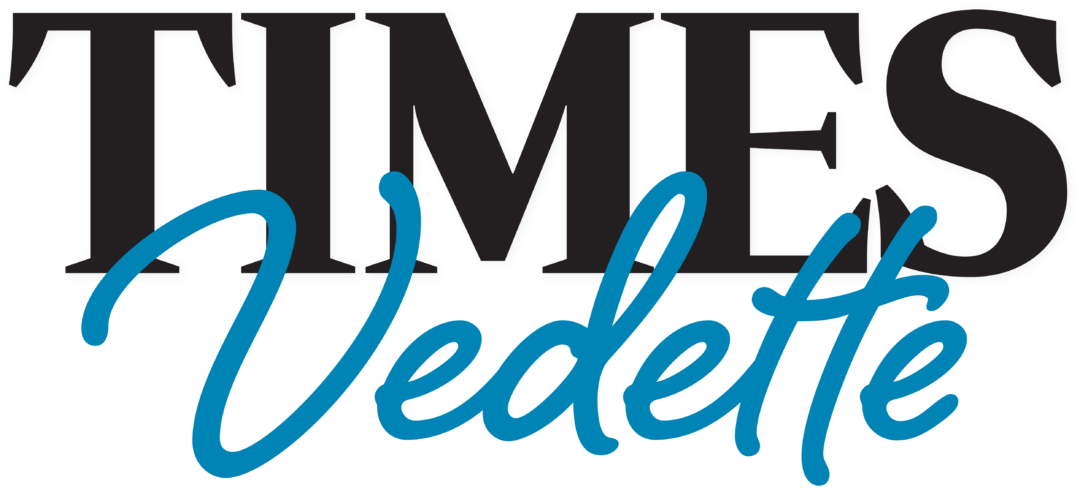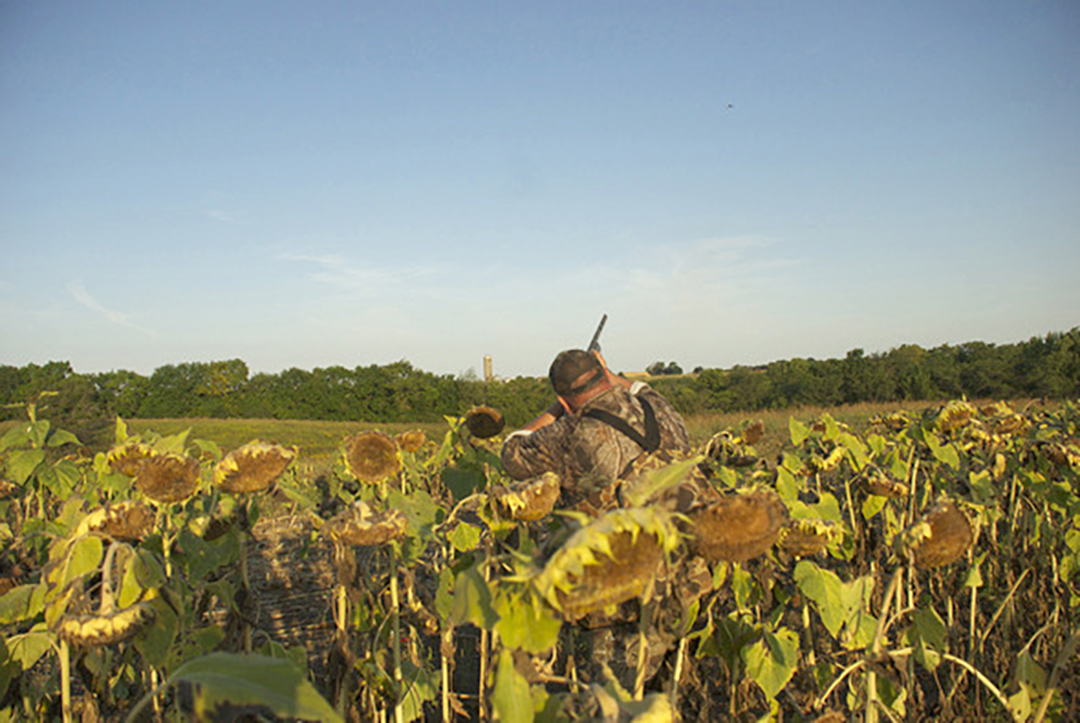
From the Iowa Department of Natural Resources
The good news for Iowa’s cottontail rabbit hunters is that Iowa has an abundant rabbit population, with the southern half of the state seeing the best overall numbers. The better news for hunters is Iowa’s cottontail rabbit season begins Aug. 31 statewide.
“It should be another good year for rabbit hunting not only for experienced hunters, but for young or novice hunters who can learn necessary skills with little competition,” Todd Bogenschutz, upland wildlife research biologist for the Iowa Department of Natural Resources (DNR), said. “Rabbits have been one of the most stable populations of our upland species we’ve had in the state.”
Last year, an estimated 19,600 hunters harvested nearly 68,500 cottontail rabbits. The most popular way to hunt is with a shotgun walking brushy areas with grass next to crop fields in the morning or evening. It can be done individually or with a group of friends.
Rabbit hunting does not require a significant investment or high-tech equipment, just a shotgun or .22 rifle and some shells. Rabbit is a lean, low fat meat and popular table fare considered a delicacy in many culinary circles.
Cottontail rabbit season is Aug. 31 to Feb. 28, 2025. The daily limit is 10 rabbits with a possession limit of 20. Jackrabbit season is closed. While wearing blaze orange clothing is not required to hunt rabbits, it is recommended. Shooting hours for rabbits is sunrise to sunset.
Iowa’s cottontail rabbit population estimates are included in the recently completed August roadside survey of upland wildlife species that will be posted at www.iowadnr.gov/pheasantsurvey by early September.
Local squirrel populations vary depending upon nut production and it appears to be a good nut year in many areas. Squirrels will be found around hickory trees, oaks and walnuts for their food resources.
Squirrel hunting is an inexpensive and exciting way to get introduced into hunting. Those new to hunting can gain valuable woodsmanship skills as squirrels will twist and turn hunters through the woodlands. It’s also an opportunity to meet new landowners.
“Squirrel hunting is an opportunity to hone your skills to avoid being seen while in the woods, skills needed to hunt other species, like deer and wild turkey. If you mess up and spook a squirrel, there is usually another one just down the ridge,” Jim Coffey, forest wildlife biologist for the Iowa DNR, said. “Get yourself outside chasing squirrels and bring someone new to hunting along. Squirrels are definitely an underutilized resource.”
Be prepared during early squirrel season for mosquitoes and other flying pests, Coffey said, and try and hunt in the early cool mornings as squirrels will be very active before the heat of the day.
Hunters will generally find plenty of squirrels and little competition. This would also be a good opportunity to do some scouting for a spring turkey hunt or to look for whitetail deer rubs before bow season.
“These honed skills will make you an overall better hunter. Many of the skills needed for squirrel hunting are also used for spring turkey hunting,” Coffey said. Common hunting methods include stalking or sitting and calling. Sitting and calling will require good camouflage and minimal movement. Stalking relies on hearing them eating or barking.
Last year, nearly 22,000 squirrel hunters harvested approximately 94,000 squirrels.
Squirrel season is Aug. 31 to Jan. 31, 2025, with a daily bag limit of six total or combination of red fox squirrels or eastern grey squirrels and a possession limit of 12. Fox squirrels are generally found in more open pasture timber and woodlots whereas grey squirrels tend to be in more mature timber. There is no restriction on shooting hours.
Hunters looking for places to go rabbit or squirrel hunting should use Iowa’s online hunting atlas at www.iowadnr.gov/hunting, with more than 600,000 acres of public land that allows hunting.
Hunters have the opportunity to hunt these species on additional acres of private land enrolled into the popular Iowa Habitat and Access Program (IHAP). The IHAP allows hunters access to the portion of the property covered by the agreement, from Sept. 1 to May 31. Conservation officers will provide assistance and enforcement, if needed.



